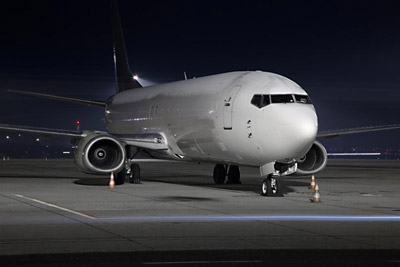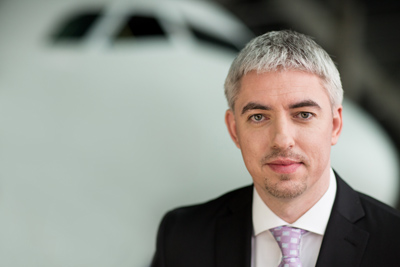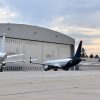 Several thousand at Air France, six thousand at Malaysian Airlines and almost 11,000 at Transaero – these are the potential job cuts to be carried out by these major world carriers. This once again comes to show that airline business always balances on a fragile edge between profit and loss. However, if a carrier reaches an extreme point of bankruptcy, what awaits its financial partners? Will the banks be able to repossess the aircraft they have previously financed? Or will they end up with a $0.5-1 million loss-generating asset they know almost nothing about?
Several thousand at Air France, six thousand at Malaysian Airlines and almost 11,000 at Transaero – these are the potential job cuts to be carried out by these major world carriers. This once again comes to show that airline business always balances on a fragile edge between profit and loss. However, if a carrier reaches an extreme point of bankruptcy, what awaits its financial partners? Will the banks be able to repossess the aircraft they have previously financed? Or will they end up with a $0.5-1 million loss-generating asset they know almost nothing about?
A grounded narrow-body aircraft generates approx. $40-50 thousand worth of losses each month in a form of various technical and engineering works mandatory to keep it in fit-to-operate condition. In addition, one has to pay airport parking fees – from a couple to a dozen thousands of dollars per month. Multiply that by two, three or ten aircraft and you will end up with quite a noticeable amount that someone has to pay for an unused fleet. If unsettled, these debts will eventually be transferred to the aircraft owner as grounded airplanes are often used as bail.
Moreover, if a grounded aircraft is not properly maintained or is being put on storage until better times, its preparation for re-entrance into service might require 3-4 million dollars. A wide-body will require at least twice as much. For an investor, it also means lost returns due to unreceived lease or interest payments.
“As an investment, aircraft are quite attractive since they employ large sums of money and generate good returns – up to several millions of dollars per Airbus A320 type aircraft. However, ceaseless rollercoaster situation on the financial market and such events as the most recent ‘Black Tuesday’ in China discourage banks and institutional investors from putting money into securities. Instead, they explore more predictable and long-term assets which generate stable returns for a number of years,” explains Tomas Sidlauskas, Vice-President at AviaAM Leasing.
A lucky investor will enjoy anticipated 7-12% returns if the aircraft is being successfully operated by its first and second lessees for the term of both contracts. From the  investor’s side, this will require minimum engagement into technical processes (often, only during aircraft redelivery and delivery to the second lessee).
investor’s side, this will require minimum engagement into technical processes (often, only during aircraft redelivery and delivery to the second lessee).
In some cases, a multiple aircraft finance deal foresees that the financing of separate assets may be transferred to third-party investors. This way a major bank like Deutsche Bank, Citibank or Goldman Sachs which already has certain experience on the aviation market secures the required multi-million funding for an airline (or a leasing company), and then sells some of the liabilities to other banks or investors. That is how new aircraft market entrants and smaller banks typically receive an asset which they know little about. Of course, primary banks did all required due diligence to ensure that the asset is liquid, but it doesn’t mean that together with the liabilities second-tier investors get precise instructions how to maintain and remarket the aircraft.
“Over the past 5-7 years, dozens of airlines went down all over the world thus suddenly leaving their financial partners with numerous aircraft. Are these aircraft in good or poor condition? What are the dos and don’ts for the bankrupting operators with regard to their assets before they fully seize operation? Will it be possible to re-market the aircraft ASAP in order to ensure that no-profit generation period doesn’t exceed a couple of months? That’s quite a set of time-sensitive questions for someone who has anticipated trouble-free monthly returns 15 years in a row,” shares Tadas Goberis, the CEO of AviaAM Leasing. “In other words, aircraft financing business requires you to have both technical competence and round-the-year communication with as many potential lessees as possible. This is the only way to prevent millions of dollars worth of losses in an unforeseen situation. Otherwise, look for someone who already holds the required knowledge and let them act on your behalf.”





